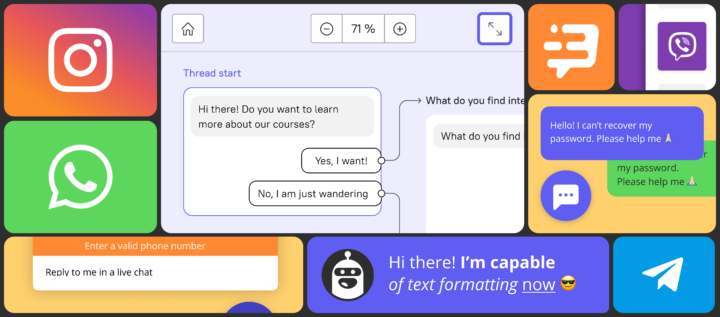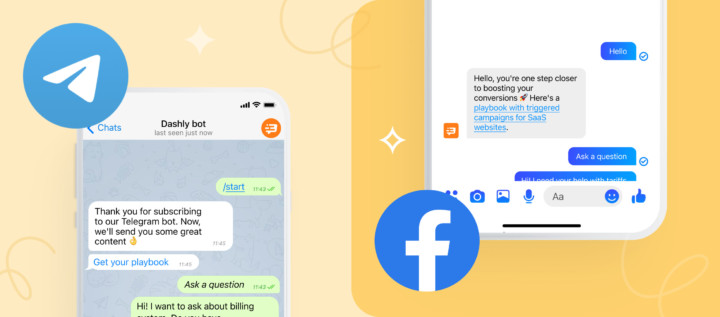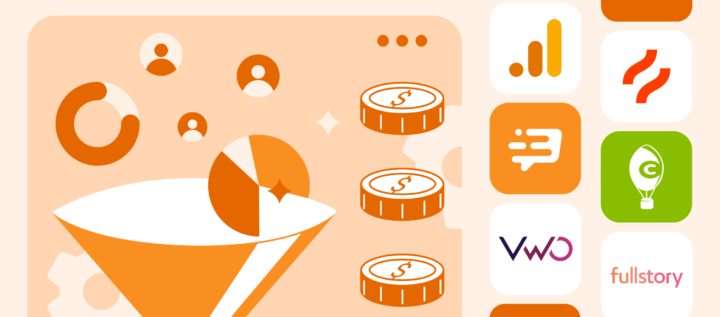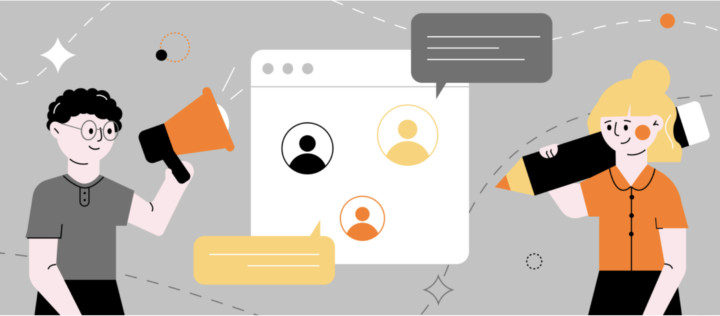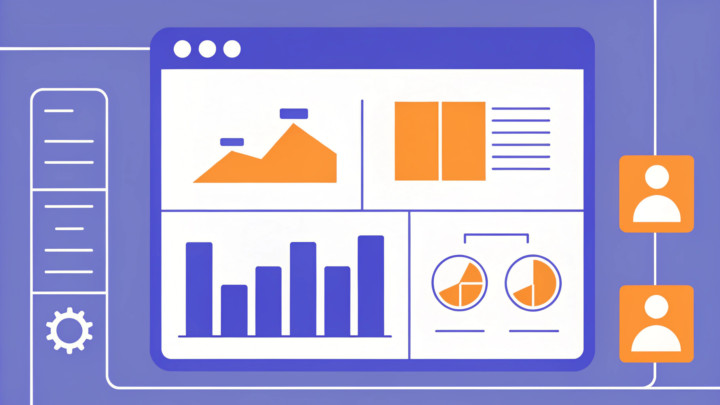The qualification guide: how marketers can pass qualified leads on to sales
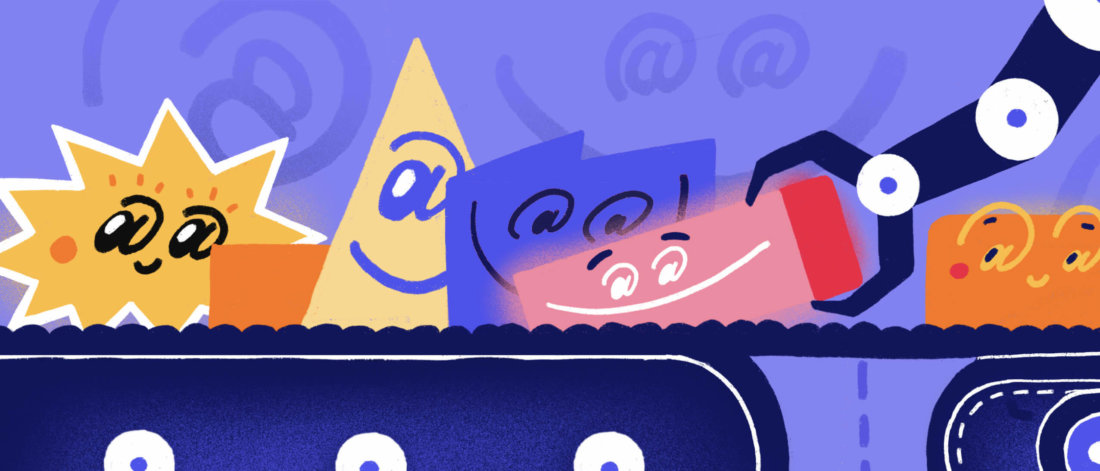
In the first part of this article, we told you what the qualification is, what qualification stages a user gets through and what models are there to help you define how much a lead suits your business. Now it’s time to turn to lead qualification at the first stage of the funnel.
Defining the buyer persona
Before you start qualifying your leads, you need to define who is your most desired user. You need to portray your ideal customer for that purpose.
Though you’re unlikely to find users that perfectly suit you, you’ll be able to distinguish major parameters from the ones that you don’t need at all.
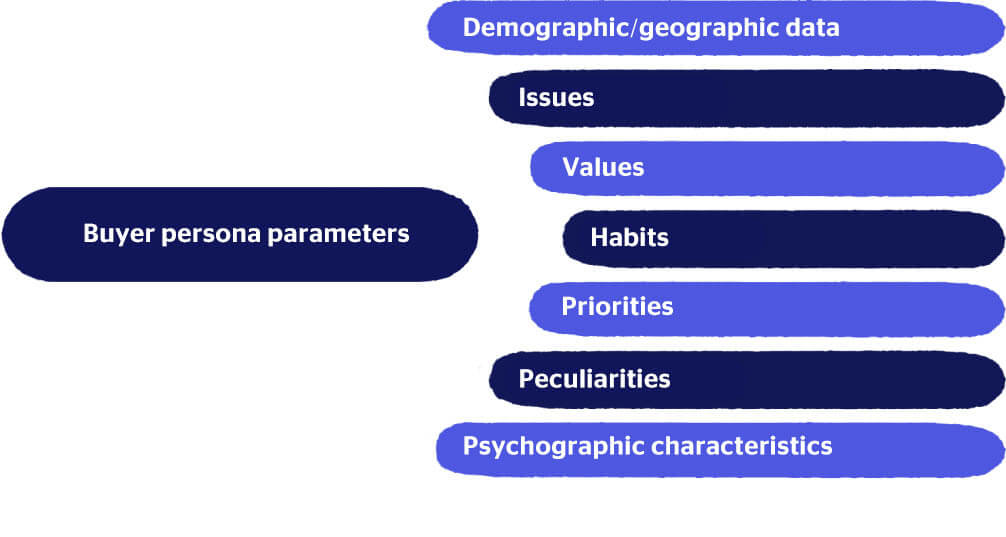
What defines a perfect customer? Who’d you like to work with?
- What revenue do they bring you?
- What difficulties do they face?
- What are their values and priorities?
- What sphere are they working in?
- Who are you selling to? A manager, team lead, or the company owner?
Draw up your buyer persona in detail. Engaging sales and marketing teams before you generate and qualify leads, and you’ll save a big deal of hours on lead processing and nurturing.
Defining the qualification data
After defining the buyer persona, you need to figure out what data you’ll collect using a live chat, chatbot, or lead forms for further qualification.
These data can usually be divided into the following categories:
- User behavior on a website: where they come from, what product categories they view, and what posts they read. You can collect these data based only on your analytics system without talking to your user. This will help you prequalify a user.
- Data on the user’s workplace: the industry, company size, the number of employees in their department, and their role in a company.
- Engagement data, namely how often a user reads your emails, clicks on links in them and reads your blog. The more a user interacts with your products, the more attractive a user is for you.
The choice of the qualification data obviously depends on the buyer persona, but there’s some prerequisite data you definitely need to collect at the first stage of the funnel.
For online stores:
- name,
- email or phone number.
For online platforms:
- name,
- email or phone number,
- company name and website,
- industry,
- company size.
These data will help you evaluate the basic parameters of a user, e.g. their company size and the industry; this will help you define how much they suit you.
Qualification via a chatbot
After you’ve defined the buyer persona and the data you need to gather, it’s time to configure data collection campaigns using a chatbot.
Why a chatbot in particular? A chatbot talks to users automatically and qualifies them. Depending on the campaign you launch, you’ll be able to get the information that you need from a user directly and automatically redirect them to a support agent or a sales rep.
Without any additional tools, it takes us 10 to 20 minutes to collect the preliminary information on a customer
Paul, Head of Sales at Dashly
Qualification examples for online platforms
Below we’ll explore the most common chatbot qualification campaigns for online platforms and online stores.
On the main landing page
When a user first visits our website’s main page, we have very little information on them and we can only ask general questions.
If an online platform has several departments or products, one can find out what gets a buyer the most interested.
Let’s assume you run a digital school and you have courses for designers, developers, and marketers. Using a chatbot, you can ask your user on the main page what profession they are interested in the most and offer several possible answers.
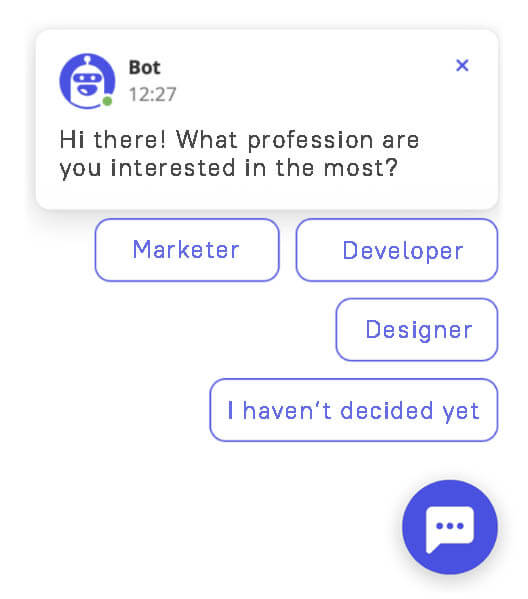
This will help you to get to know your user better and offer them the most appealing content or assign the conversation to a sales rep.
In the blog
Obviously, when a user enters your blog, they want to find some interesting content. A chatbot can help offer them some topics or blog sections for reading.
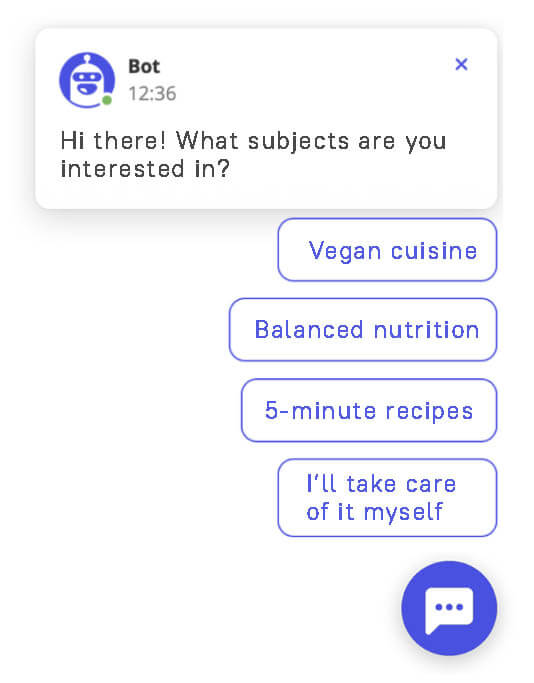
When a user selects a subject or a section, we can give them the list of related articles or even send our selection via email; the second option is much better, do you agree?
This is how we get a qualified lead: now we know their email AND their interests, and we can nurture them much more effectively.
Read also: The Top 15 Sales Funnel Software Tools to Boost Your ROI
On the page with success stories
If a customer is viewing the page with our success stories, they’re definitely willing to see if we can deal with them.
If this is the case, we can ask them what stories they find interesting, and email them. This way, we’ll define what industry they’re working in, and if this lead matches our buyer persona, we can pass them on to the sales team.
The second option is to offer a user a free demo or a make a demo but first, don’t forget to find out where they work!

On the page with plans
It’s likely a user is ready to buy and considers some options at the moment if they visit the plan page
You’ll definitely need to know their company size and offer them your help choosing the plan.
If we see the value of this user, we configure the automatic redirect of the conversation to the sales team.
The more complex product you have, the more diverse and complicated your chatbot campaigns will be. Don’t forget to let your imagination run free and do your best to give as much value to the customer.
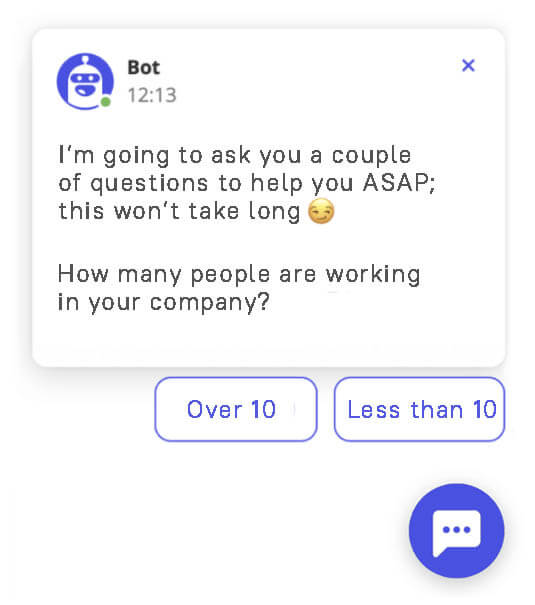
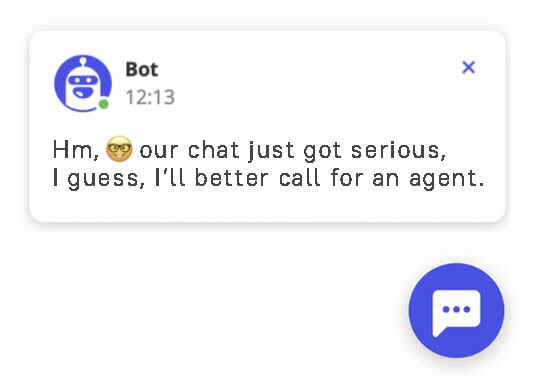
Qualification examples for online stores
When we sell goods, we’re first of all interested in its design, details, and payment methods (installment, credit, or immediate payment on a website). In this case, we don’t care where a user works and how large their company is.
Depending on where your user is, we can qualify them in different ways using a chatbot.
On the product page
Help your user select products. As soon as you find out what product they need, assign the conversation to a sales rep, or redirect them to the desired section.
For example, if you sell cosmetics, find out tactfully your user’s problem, their skin type and budget, and then show them the list of products.

On the main landing page
If you are selling both wholesale and retail, ask your user how much they are planning to buy. If they are interested in wholesale, you can offer them a wholesale price list or immediately assign the conversation to a sales rep.
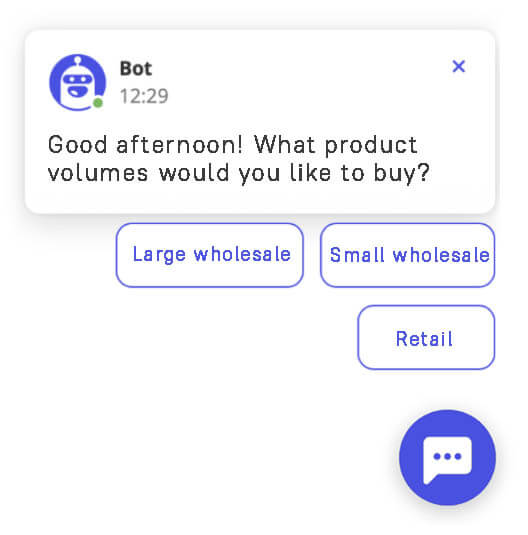
Qualification via lead forms
Lead forms are an effective tool for both lead generation and qualification. We can prequalify a user and see what type of leads they are if we know their company name and size.
The lead form with an input field for the website name and a phone number

This form lets you find out what product your customer sells and if you actually can help them solve their problems.
The lead form in the blog

Useful content is a fair price for a customer’s email. From now on, you have a lead, and you already know what to do with it 😉
The lead blog on the course website

When offering something truly worthy to your user, you can ask for a bit more information about them in return than just an email.
The large lead form offering to download a book
Aside from the common fields, there are fields for the user’s occupation and the company website in this lead form. When you get this information, you can immediately pass them on to the sales team if they match your buyer persona or continue nurturing them with your marketing initiatives.

As soon as you generate enough leads using chatbots and lead forms, you can pass them on to the sales team.
At this stage, the sales rep contacts qualified users and conduct in-depth interviews with customers, helps identify their pains, and finds a personalized solution.
Read also:
- 4-step guide on inbound lead qualification: how to qualify inbound leads on autopilot
- Choose your ideal lead nurturing platform: Top 10 software tested by experts
- The top 15 inbound marketing tools: harness digital power and elevate your business
- Top 12 lead qualification tools to deliver your sales hot leads only
- Top 10 customer segmentation tools to personalize customer communications
- 12 best AI marketing tools to automate everything [expert edition]
- Top 12 omnichannel marketing tools for your cross-channel campaigns
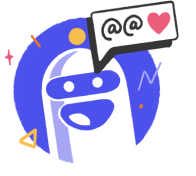


![Customer engagement strategy template [expert plan]](https://www.dashly.io/blog/wp-content/uploads/2022/09/Customer-engagement-strategy-template-720x317.png)
